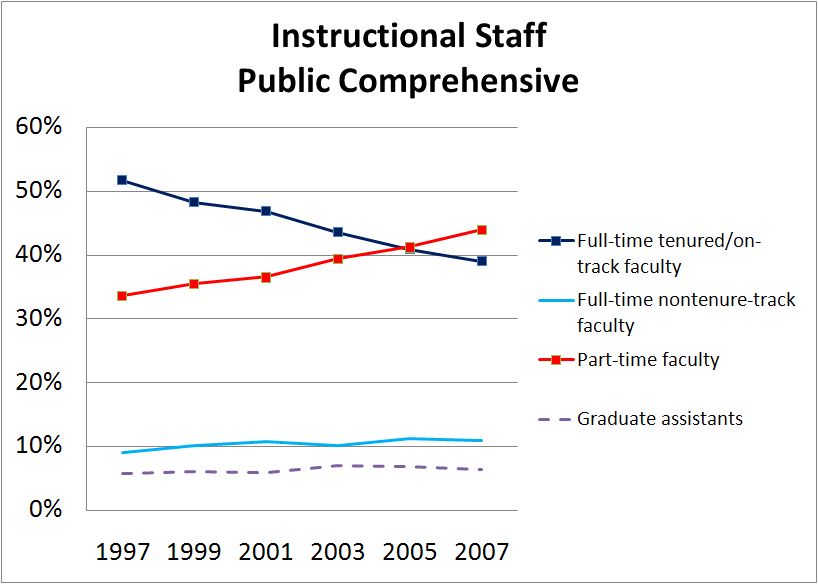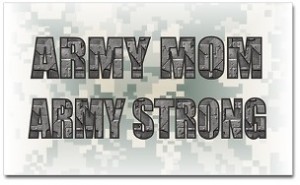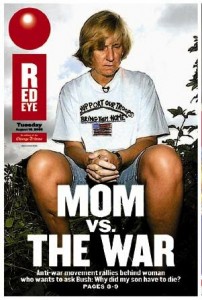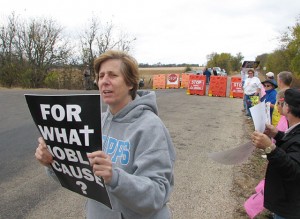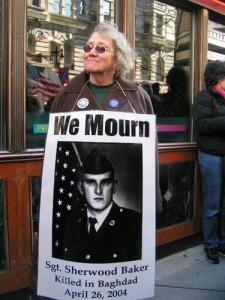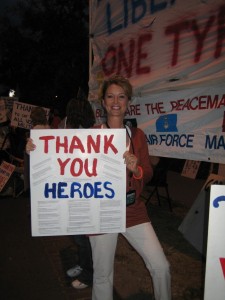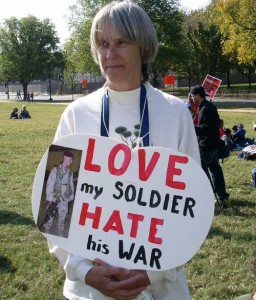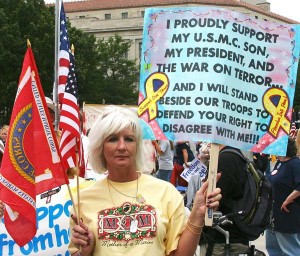I’ve suggested that the fact that men do not feel compelled to wear make-up is a “triumph of gender ideology over capitalism” (see here). Companies that sell make-up, after all, have halved their profits by giving up on selling to men. We should expect, then, a tug-of-war between the profit motive and a gender ideology that suggests that men and women are opposite. On the one hand, if men and women are opposites, then the requirement that women primp and preen (with the help of dozens of products) would imply that men do not. On the other hand, if they accept this gender binary, companies lose half their customers.
Accordingly, Gwen and I were shocked to see an ad at Jezebel, sent in by Frank D., overtly marketing scrotum shaving.

We have seen this a bit with products aimed at men and their hair already (see here, here, and here), but I’m still surprised to see this. I can’t imagine anything harder to shave on anyone’s body, male or female.
So how are they trying to convince men to do it?
They are using the same tactics that they use against women. They are either (1) shaming men into thinking that they are disgusting and no woman (or man) will have them unless they alter their body (see here, here, and here) or (2) naturalizing shaving such that it is just a fun thing that all men inevitably participate in (see here, here, here, and here).
Check out the second paragraph in this screen shot of the Norelco-Phillips website:

Text:
Did you know that women like men who shave down there? Having silky smooth balls is a lot nicer than finding a huge bush or choking on your pubes! Today’s trend is to have it clean or at least trimmed. This helps both aesthetically and hygienic wise as well.
They are also using a gendered logic. We’ve seen this with other examples of companies trying to sell self-maintenance to men. They hyper-masculinizing the product. For examples, see our posts on hair product for men (with “stand tough” hair gel), make-up for men ( with “blo-job bronzing powder”). We see this with other feminized products and activities too (for example, ice skating and chocolate). In this case, they don’t say, “If you don’t shave your balls, you won’t be pretty.” They say, “When there’s no underbrush, the tree looks taller.”
Yeah, no. I’m not paraphrasing:
One thing we might discuss is whether this this represents a “female gaze” that matches the “male gaze” that requires women to always be a pleasurable object for others to view… or that, alternatively, this is just the male gaze being applied to men. Some of the marketing for men’s body shaving appears to be clearly marketed towards gay men (see this website, especially here).
Another interesting thing to consider is the extent to which the social invisibility of the pubic area facilitates marketer manipulation. If you’re straight, unless you’re willing to ask a partner, you have to trust the advertisers to tell you what “today’s trend” is. What a great deal for the companies.
Oh, and, I’m wondering which you think is going to win this tug-of-war: the companies with their profit motive or gender ideology and a resistance to the feminization of men?
Lisa Wade, PhD is an Associate Professor at Tulane University. She is the author of American Hookup, a book about college sexual culture; a textbook about gender; and a forthcoming introductory text: Terrible Magnificent Sociology. You can follow her on Twitter and Instagram.




